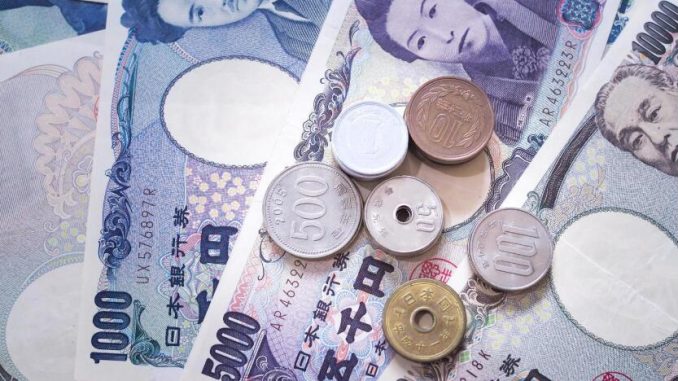The yen continues to depreciate
On February 10, 2025, data released by the Ministry of Finance of Japan showed that Japan’s current account surplus hit a record high in 2024, with a total of 29.3 trillion yen, a significant increase of 6.67 trillion yen from the previous year, an increase of 29.5%, the highest level since comparable data was available in 1985.

The depreciation of the yen has become a key factor in boosting Japan’s overseas earnings. In recent years, the yen exchange rate has experienced a series of sharp depreciations. Starting in April 2022, the yen-to-dollar exchange rate depreciated rapidly from 1 dollar to 115 yen in early March to 1 dollar to 152 yen in April 2024, the lowest level since July 1990. Subsequently, the yen depreciation trend continued. On June 28, 2024, in the Tokyo foreign exchange market, the yen-to-dollar exchange rate once fell to 1 dollar to 161 yen, the lowest level since December 1986. In 2024, the yen-to-dollar exchange rate fell by more than 10%.
The continued depreciation of the yen has led to a significant increase in the investment profits of Japanese companies overseas when they are remitted back to the country. Data showed that the main income surplus, including interest and dividends from overseas investments, reached 40.2 trillion yen, also a record high. This figure not only offset the deficits in the trade and service accounts, but also promoted the growth of the overall current account surplus. Economists at SMBC Nikko Securities also pointed out that the weakness of the yen is a key driver of the strong growth in overseas investment income. At the same time, the depreciation of the yen has also made Japan’s export goods more competitive in price, making it more cost-effective for foreign consumers to buy Japanese products, stimulating exports, and thus narrowing the trade deficit.
At the same time, although Japan’s trade deficit still exists, it has narrowed in 2024. Specifically, data released by the Ministry of Finance of Japan showed that in terms of goods trade, due to the good export situation of electronic components such as semiconductors, Japan’s exports increased by 4.5% to 104.87 trillion yen last year; at the same time, due to the increase in imports of computer equipment, non-ferrous metals, etc., the import volume increased by 1.8% to 108.77 trillion yen, and the goods trade deficit narrowed to 3.9 trillion yen. In terms of service trade, affected by factors such as the increase in inbound tourism income, Japan’s service trade deficit narrowed to 2.62 trillion yen last year. Among them, the strong demand of foreign tourists led to a surplus of 5.90 trillion yen in travel revenue, a record high, which had a significant impact on the improvement of data.
